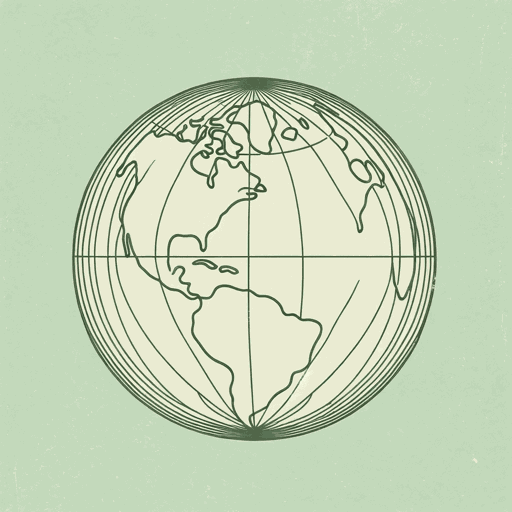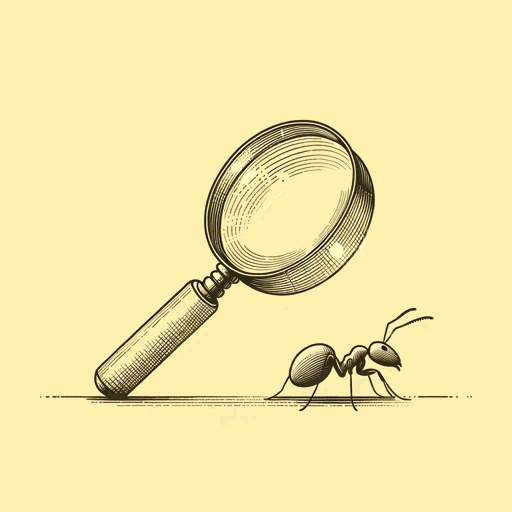42 pages • 1 hour read
Edward O. WilsonHalf-Earth: Our Planet’s Fight for Life
Nonfiction | Book | Adult | Published in 2016A modern alternative to SparkNotes and CliffsNotes, SuperSummary offers high-quality Study Guides with detailed chapter summaries and analysis of major themes, characters, and more.
Summary and Study Guide
Overview
Half-Earth: Our Planet’s Fight for Life (2016) is Pulitzer Prize-winning author, biologist, and environmental advocate Edward O. Wilson’s in-depth look at the planetary threat of mass extinction, known as the Sixth Extinction, taking place at humanity’s own hands. The current rate of extinction is nearly 1,000 times higher than during the pre-human era, and traditional conservation movements will not work fast enough to save the natural world. However, Wilson argues that there is still time to save up to 85% of Earth’s biodiversity. His solution: Devote half of the planet’s surface to nature preserves. The book is divided into three parts: a discussion of the source of the problem; an analysis of the interconnectedness, complexity, and richness of living organisms and their ecosystems; and Wilson’s solution for saving the remaining wildlands and stabilizing all of life’s future.
In Part 1, Wilson discusses the source of the problem at hand: Human-driven activities are causing species populations to decline and increasing the rate of extinctions. There have only been five other geologically recorded mass extinction events during Earth’s 4.5-billion-year history. After the most recent such event, the planet took around 10 million years to recover. In a flash of geological time, humans are transforming the habitats, climate, and the very ground that we walk on, resulting in geologists, as well as Wilson, arguing for the age we live in to be called the “Anthropocene.”
Wilson’s contention is that humanity’s short-sightedness and inflated sense of self is the driving force behind these extinctions. Some individuals—new conservationists and anthropocentrists among them—believe that humanity’s rule over nature is preordained and that we should accept our supreme status over all other living organisms. This small but growing group of individuals believes that humans should dominate the planet and the surviving species and ecosystems are conserved based on their usefulness to humanity. To Wilson, this idea is wrong and shameful. He reminds readers that we, like other organisms, are biological creatures. Humans are part of the biosphere and not above it. Through Part 1, Wilson hopes to show the urgency and magnitude of the problem at hand.
Part 2 provides a naturalistic portrait of the surviving biosphere. Wilson pays tribute to organisms both large and small. This is a conscious decision because, according to him, most of the public and scientists do not understand the full breadth of biodiversity. In fact, scientists have only documented about 20% of the natural world to the species level. Through these chapters, Wilson takes readers through some of the richest and most unique places on land and in the sea. To him, these are examples of places we can still save. Throughout this journey, Wilson illustrates the interconnectedness of living species within their ecosystems and how extinguishing one species has ramifications throughout the web of life. Because the natural world is poorly understood, we do not have a full grasp of the true impact of extinctions. The aim of these chapters is to help readers see the value of nature and to realize that losing this beauty is unacceptable.
In Part 3, Wilson offers his solution. Traditional conservation movements, which focus on saving the most endangered species and habitats, are not moving fast enough. To combat the magnitude of the problem at hand, there needs to be a solution just as enormous. Wilson argues that this solution is to designate one half of the planet’s surface as a natural reserve. The digital and economic revolutions occurring now have already begun to reduce our ecological footprint. If humans can stabilize (and eventually decrease) our population and shift from viewing ourselves as rulers of nature to seeing ourselves as its stewards, then Wilson thinks we will be able to save most of Earth’s remaining biodiversity.
Half-Earth is both a celebration of Earth’s rich and unique biodiversity and a lamentation for the life that human activities are extinguishing. To Wilson, humanity stands at a crossroads: We can continue down our destructive path, which will have catastrophic and far-reaching consequences for the planet, or we can work together to save the remaining biodiversity. The choice, according to Wilson, is obvious. He is also optimistic that humans will chose to conserve life, creating a sustainable future for all.








Related Titles
By Edward O. Wilson






